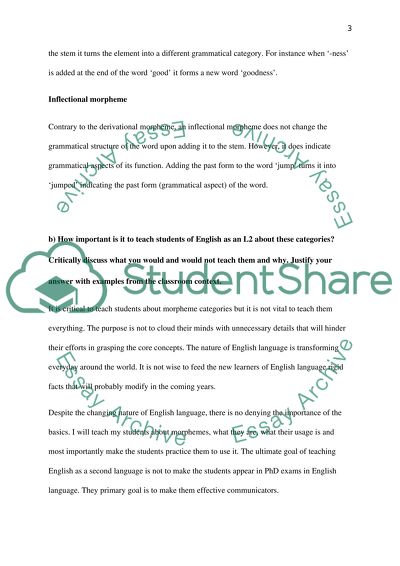Cite this document
(“Linguistics Assignment 2 Essay Example | Topics and Well Written Essays - 2000 words”, n.d.)
Retrieved from https://studentshare.org/english/1625482-linguistics-assignment-2
Retrieved from https://studentshare.org/english/1625482-linguistics-assignment-2
(Linguistics Assignment 2 Essay Example | Topics and Well Written Essays - 2000 Words)
https://studentshare.org/english/1625482-linguistics-assignment-2.
https://studentshare.org/english/1625482-linguistics-assignment-2.
“Linguistics Assignment 2 Essay Example | Topics and Well Written Essays - 2000 Words”, n.d. https://studentshare.org/english/1625482-linguistics-assignment-2.


